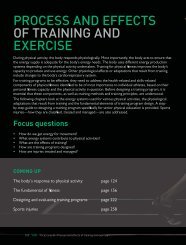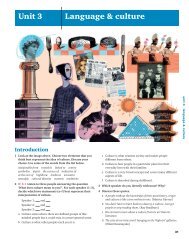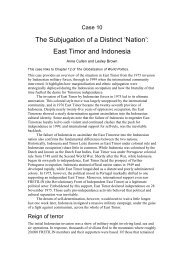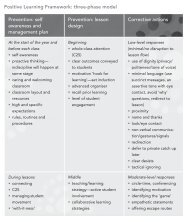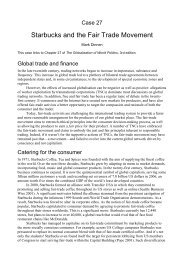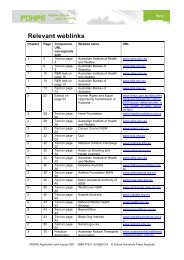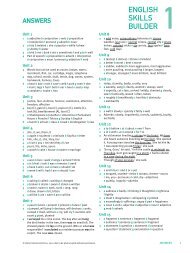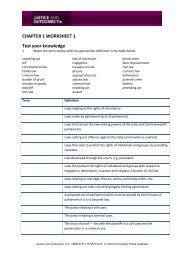did you know?
did you know?
did you know?
You also want an ePaper? Increase the reach of your titles
YUMPU automatically turns print PDFs into web optimized ePapers that Google loves.
the principles of<br />
visual perception<br />
selection and<br />
organisation of visual<br />
stimuli<br />
At any given moment, vast amounts of visual stimuli enter<br />
the eye—far more than we can pay attention to. The brain<br />
selects and organises visual information according to a<br />
number of visual perceptual principles.<br />
Perceptual constancies<br />
Perceptual constancies enable us to maintain a stable<br />
perception of a stimulus although the image on the retina<br />
may change (e.g. in size or shape). The more familiar we<br />
are with the observed object, the more likely it is that<br />
we will maintain perceptual constancy of it. Perceptual<br />
constancies are usually learnt early in childhood.<br />
Size constancy<br />
This term refers to the fact that we maintain a constant<br />
perception of an object’s size even though the size of the<br />
image on the retina alters as the object moves nearer to<br />
or further from us. For example, when we look at a friend<br />
from a distance of five metres, he produces a retinal<br />
image twice the size of the one he produces when he is ten<br />
metres away. Because we are familiar with his height we<br />
don’t change our perception of it, but we use the size of<br />
the image as a cue to provide information about how far<br />
away he is.<br />
Shape constancy<br />
An object is perceived to maintain its <strong>know</strong>n shape despite<br />
the changing perspective from which it is observed. This<br />
is a learnt skill—a toddler may have difficulty perceiving a<br />
familiar toy if it is viewed from an unusual angle. Objects<br />
that are familiar to us can be accurately interpreted when<br />
viewed from any direction. For example, as a door opens,<br />
its retinal image changes shape from a rectangle to a<br />
trapezium, but we easily maintain our perception of a<br />
rectangular door.<br />
gestalt principles<br />
of perceptual<br />
organisation<br />
Gestalt is a German word that means ‘good form’. Gestalt<br />
psychology developed early in the twentieth century and<br />
is based on the principle that ‘the whole is greater than<br />
the sum of its parts’. In terms of sight, it deals with the<br />
tendency for our visual system to perceive what we see as a<br />
meaningful whole.<br />
How can this be? This answer is described in the<br />
Gestalt principles of visual perception.<br />
The phi phenomenon<br />
Although less common than they used to be, <strong>you</strong> can still<br />
find some local stores—often ‘Fish and Chip’ shops—with<br />
a line of light bulbs round the outside of the window. At<br />
night these bulbs light up one at a time, and as <strong>you</strong> watch<br />
it looks as if one light is running around the window. It’s<br />
not doing that, of course, but the property of motion is<br />
present in the whole, rather than in any of the individual<br />
parts (the light globes).<br />
fig 6.9>> Size constancy—the person casts a larger image on<br />
the retina as he moves closer, but we <strong>know</strong> he remains the same<br />
size, so we use the information to establish his distance from us.<br />
117



